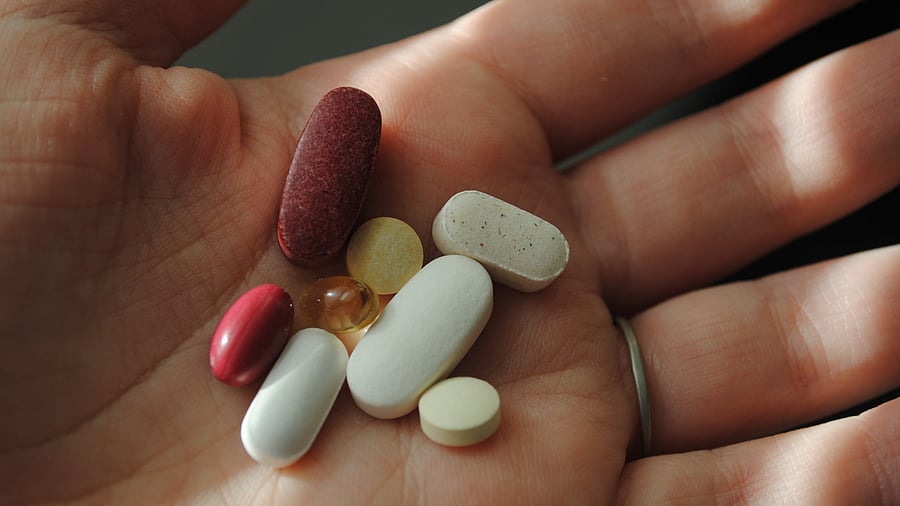
Image for representation.
Credit: Pixabay Photo
Antibiotics are powerful tools in treating bacterial infections, but they can also disrupt the balance of the gut microbiome, affecting both harmful and beneficial bacteria. This imbalance can lead to short and long-term health consequences.
Reduction in microbial diversity
Antibiotics can decrease the diversity and number of beneficial gut bacteria, allowing harmful bacteria to overgrow. Lower microbial diversity is associated with an increased risk of obesity, allergies, and autoimmune diseases.
Disruption of beneficial bacteria
Antibiotics kill both harmful and beneficial bacteria, disrupting the gut’s delicate balance. This disruption weakens the gut barrier and impairs the production of short-chain fatty acids (SCFAs) essential for gut and immune health.
Increased risk of infections
With fewer beneficial bacteria to protect the gut, harmful bacteria like Clostridium difficile (C. diff) can overgrow, leading to severe diarrhoea and inflammation. Antibiotic use can also reduce the gut’s ability to fight off future infections.
Changes in metabolism
Antibiotics can alter nutrient metabolism, affecting digestion, absorption, and energy regulation. Early antibiotic use may increase the risk of metabolic disorders like obesity and diabetes later in life.
Strategies for gut recovery
Probiotics, or live beneficial bacteria, help restore the gut microbiome after antibiotics. Taking probiotics during and after antibiotic treatment can maintain gut health and reduce the risk of antibiotic-associated diarrhoea.
Prebiotic-rich foods
Prebiotics are fibres that nourish beneficial bacteria. Include foods like garlic, onions, leeks, asparagus, bananas, and oats to support microbiome recovery. Resistant starches in cooled potatoes and green bananas also act as prebiotics.
Fermented foods
Fermented foods are rich in probiotics and help replenish beneficial gut bacteria. Include options like yoghurt, kefir, kimchi, and sauerkraut for a diverse range of probiotics.
Eat a diverse, fibre-rich diet
A diet high in fibre, plant-based foods, and whole grains promotes the growth of beneficial gut bacteria. Aim to consume a variety of fruits, vegetables, legumes, nuts, and seeds to provide different fibres that support diverse gut bacteria.
Limit sugar & processed foods
Refined sugars and processed foods can promote the growth of harmful bacteria and slow microbiome recovery. Focus on whole, nutrient-dense foods to support the regrowth of beneficial bacteria.
Stay hydrated
Proper hydration helps maintain the gut lining and supports mucus production, which protects the gut. Drink plenty of water, herbal teas, and broths to support gut health during recovery.
Time & patience
Gut recovery after antibiotic use can take weeks or months, depending on the type and duration of antibiotic treatment. Gradually reintroduce gut-friendly foods and probiotics rather than making sudden dietary changes.
Prevention & care
Avoid unnecessary antibiotic use to prevent disruption to the microbiome.
Always complete the full course of antibiotics as prescribed to avoid antibiotic resistance and ensure effective treatment. Take probiotics a few hours apart from antibiotics to reduce their negative impact on gut health.
(The author is a consultant medical gastroenterologist & hepatologist.)